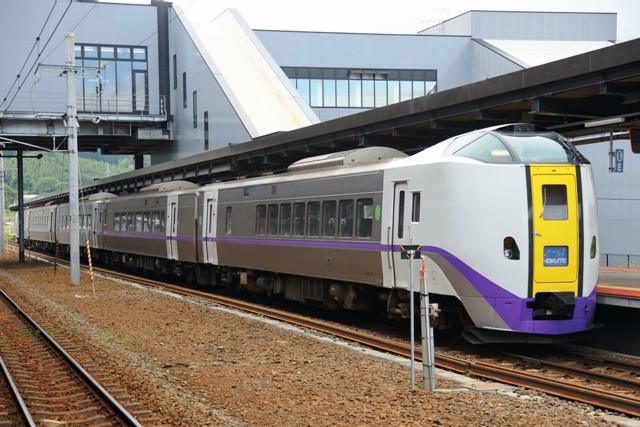 |
| Set 7801 of the Keio 7000 series, the 3rd generation Tama Zoo Train |
After the Cow Train, then the next post is the Tama Zoo Train.
The Dobutsuen (Zoo) line is a feeder route of the Keio main line. Connecting Takahata-fudo and Tama-dobutsu-koen (Tama zoological park) stations, the route length is only 2 kilometers. The track is single. Keio has been operating a special poster train named the Tama Zoo Train on the line since 2002. The purpose of the Tama Zoo train is to promote tourism to the Tama Zoo. The current Tama Zoo train is the 3rd generation one which debuted in 2020. It's a collaborative project by three theme parks namely Tama Zoo, Keio Rail-land and HUGHUG (an indoor playground for children), so the official name of this poster train is not the Tama Zoo train, but please don't be stiff. It's substantially the 3rd generation Tama Zoo Train. Different from the previous ones, the 3rd generation Tama Zoo train is a vinyl wrapped vehicle. Its pink-colored bodies can be easily recognized from a distance.
Set 7801 of the EMU 7000 series is used for the 3rd generation Tama Zoo train the same as the 2nd generation one. It's a 4-car train built by Tokyu Sharyo in 1993. The 7000 series debuted in 1984 to enhance transportation capacity on the Keio line. 190 carriages in total were built by Nippon Sharyo and Tokyu Sharyo. A field chopper electric control system was originally adopted, but it was later changed to the VVVF (variable frequency drive) system with induction motors, as part of a renovation project.
 |
| Interior of the Tama Zoo Train |















